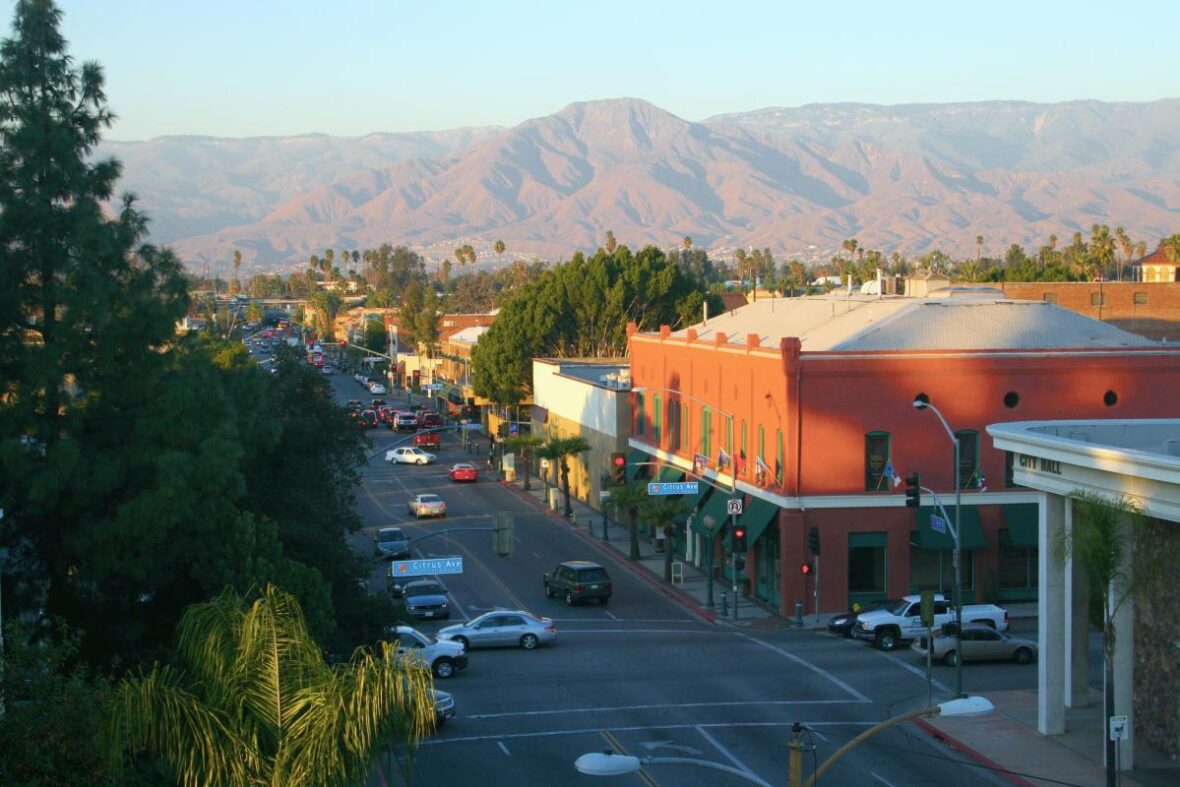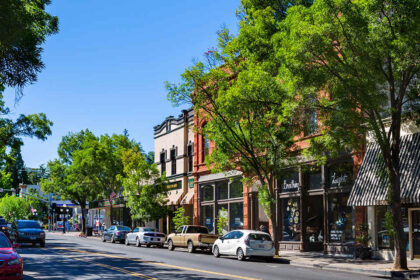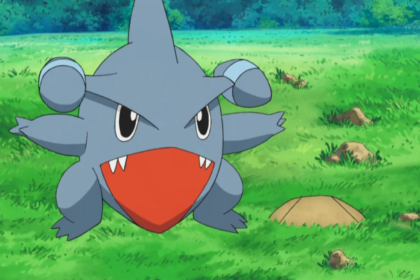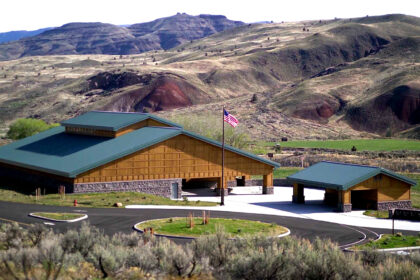Redlands is a city in San Bernardino County, California, United States. Take a look below for 20 amazing and awesome facts about Redlands, California, United States.
1. As of the 2010 census, the city had a population of 68,747, up from 63,591 at the 2000 census.
2. The population was estimated at 71,513 in 2019.
3. The city is located approximately 45 miles (72 km) west of Palm Springs and 63 miles (101 km) east of Los Angeles.
4. The area now occupied by Redlands was originally part of the territory of the Morongo and Aguas Calientes tribes of Cahuilla people.
5. Explorations such as those of Pedro Fages and Francisco Garcés sought to extend Catholic influence to the indigenous people and the dominion of the Spanish crown into the area in the 1770s.
6. The Serrano (Mountain-Dwellers) village of Guachama, located just to the west of present-day Redlands, was visited by Fr. Francisco Dumetz in 1810, and was the reason the site was chosen for a mission outpost.
7. Dumetz reached the village on May 20, the feast day of Saint Bernardino of Siena, and thus named the region the San Bernardino Valley.
8. The Franciscan friars from Mission San Gabriel established the San Bernardino Asistencia in 1819 and embarked on the usual program of training the native tribes to raise crops and encouraging permanent settlements. By 1820, a ditch, known as a zanja, was dug by native slave labor for the friars from Mill Creek to the Asistencia. In 1822, word of the Mexican triumph in the War of Independence reached the inland area, and lands previously claimed by Spain passed to the custody of the Mexican government.
9. In 1842, the Lugo family bought the Rancho San Bernardino Mexican land grant and this became the first fixed settler civilization in the area. The area northwest of current Redlands, astride the Santa Ana River, would become known as Lugonia.
10. In 1851, the area received its first Anglo inhabitants in the form of several hundred Mormon pioneers, who purchased the entire Rancho San Bernardino, founded nearby San Bernardino, and established a prosperous farming community watered by the many lakes and streams of the San Bernardino Mountains.
11. The Mormon community left wholesale in 1857, recalled to Utah by Brigham Young during the tensions with the federal government that ultimately led to the brief Utah War. Benjamin Barton purchased 1,000 acres (4 km2) from the Latter-Day Saints and planted extensive vineyards and built a winery.
12. In the 1880s, the arrival of the Southern Pacific and Atchison, Topeka and Santa Fe Railroads, connecting Southern California to San Francisco and Salt Lake triggered a land boom, with speculators such as John W. North flooding the area now known as the Inland Empire.
13. North and others saw the area, with its hot, dry climate and ready access to water as an ideal center for citrus production. The city of Redlands was soon established by Frank E. Brown, a civil engineer, and E. G. Judson, a New York stock broker, to provide a center (along with North’s nearby settlement at Riverside) for the burgeoning citrus industry.
14. They named their city “Redlands” after the color of the adobe soil. So large had the area grown by 1888 that it was decided to incorporate. “A red-letter day in the Annals of Redlands,” pronounced Scipio Craig, editor of The Citrograph newspaper, of the November 26 incorporation.
15. The original community of Lugonia was absorbed at this time. The newspaper was first published in July 1887 by The Citrograph Printing Company, which remains in 2017 as both Redlands’ oldest business and the longest-operating printing company in California. E. G. Judson served as the first mayor of Redlands.
16. The Redlands Street Railway Company was incorporated on March 22, 1888, acquiring on June 5 a franchise from the San Bernardino County Supervisors dating to December 1887, conveying the right to construct, operate and maintain for a term of 50 years a line of street railways in Redlands, Terracina and vicinity.
17. The initial operations began in June 1889 with a single-track line operating two-mule-team cars, the first street railway company of several to provide service to the community. Electrification and new rails replaced mules in 1899, with electrical operation beginning in December. Most Redlands street railways would pass to the San Bernardino Valley Traction Company in a consolidation on June 3, 1903, and thence to the Pacific Electric in the “Great Merger” of Huntington properties under new ownership by the Southern Pacific Transportation Company on February 8, 1911.
18. Henry E. Huntington, nephew of late Southern Pacific president Collis P. Huntington, had gained control of the four-mile (6 km)-long streetcar line of the Redlands Central Railway Company in 1908.
19. The Pacific Electric Railway (PE) completed an interurban connection between Los Angeles and San Bernardino in 1914, providing a convenient, speedy connection to the fast-growing city of Los Angeles and its new port at San Pedro, bringing greater prosperity to the town and a new role as a vacation destination for wealthy Angelenos. Redlands was the eastern terminus of the “Big Red Car” system. At its peak, PE operated five local routes in Redlands, with streetcars running to Smiley Heights and on Orange, Olive, and Citrus Avenues.
20. Pacific Electric’s interurban service to Redlands was abandoned on July 20, 1936, with 2.07 miles (3.33 km) of track into the city lifted, although PE and Southern Pacific (parent company of PE) provided freight service as far as the Sunkist packing plant at Redlands Heights on San Bernardino Avenue into at least the 1970s. The Smiley Heights line was abandoned at this time, as well. Bus service operated by the Motor Transit Company, a subsidiary of Pacific Electric, began on July 20.




